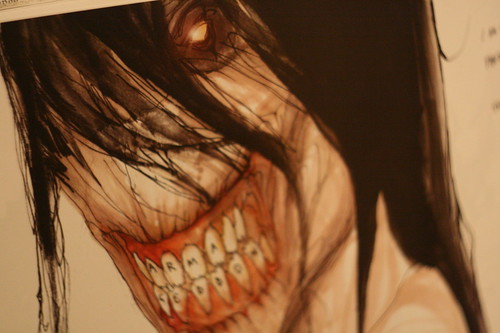 Ninth Letter
Ninth LetterSpring\Summer 2010
Volume 7, Number 1
Usually the world of literature and world of glossy paper have nothing in common. In Russia, there are thick litmagazines "New World", "Neva", "Banner" (here you can insert two dozen titles) and they are sold in places where not everyone who wants to read them can buy them. And there are magazines Tatler, Harper's Bazaar, Men's Health, and thousands more other titles, they are sold in all the newsstands even in the most remote towns, but they have no relationship with literature. Literary magazines directly relate to the literature, as they print literature on their pages, but they look so conservative and unattractive to the reader and the seller so that if you put "New World" to showcase of the newsstand, a buyer would have thought that a seller just wanted to cement the cracks in the glass case by this blue rectangle.
And so the magazine of the University of Illinois “Ninth Letter” attempted to combine a literary content and design of a glossy monthly magazine. It looks like as a blend of literary magazine with Esquire. 300 pages on excellent white paper, with a block of yellow paper, with a glossy block, with photos, with illustrations between the stories, with art. This hybrid turned out quite attractive, the designers have tried their best.
There is actually also something for a reader. The weakest component in this issue of Ninth Letter to me was poetry. Part of it is elongated in the column of prose pieces, where actually there is no poetry, while another part is something like the worst representatives of poor-written vers libres. From poetry, I would single out two poems by Leslie Adrienne Miller and Carolyne Wright’s poem «Credo in Blue».
Of the five fiction pieces in this issue stand out fragment of «The End of the Fire Cult» by Angela Woodward and Douglas Glover's story «The Sun Lord and the Royal Child». Woodward weaves in her fragments non-fiction, poetry and magical realism. This is a fictional love story against the background of a fictional war, as if written by a poet. Glover's story, too, combines reality and fiction, but the author is much more recessed into reality. «The Sun Lord and the Royal Child» is the story of a fatal mistake by famous archaeologist Nedlinger, his wife, who suffered from the glory of her husband, and another archaeologist who secretly met with Nedlinger’s wife. The author, choosing the heroes of the story archaeologists, finds a good metaphor for a way to show that our past is also the land in which we hide their secrets, but secrets will still become apparent as the exhibits will be found during the excavations.
Essay by T.A. Noonan «The Trouble with Correspondence» is one of the gems in non-fiction section. The author with self-irony argues what witchcraft in the modern world is and whether belief in oneself can change oneself.
In non-fiction part there is also an intriguing project called «National Book Award in 1960, Revisited». Michael Griffith and three other writers of the jury aimed to revision the results of the Nation Book Award 50 years after their results. The jury chose the entire short-list of the award that year by adding five more novels, which represent a decent job, but were not included in the shortlist. After reading all the selected books, the jury should have been vote from 2010. Why such a project was ever realized? Griffith in his introduction explains that the decision of any jury award affects several factors that have no relation to a work of fiction. But what happens if these factors would not exist, the jury would not personally know any of the nominees, the jury will have no interest in pushing a particular book, whether the results would be objective? Choosing one particular novel, we are doing this because at the moment it is very strong work, or we believe in the future, wishing that this or that work will not be forgotten decades later, and without an award, it risks being buried under layers of time?
And if the winner of the National Book Award 1960 was the debut novel by Philip Roth «Goodbye, Columbus», this jury chose the winner of the project Evan Connell’s novel «Mrs. Bridge ». To summarize, each of the writers who were part of the jury, wrote a brief essay on the novel in the short-list, which is most closely to him or her. And each of these essays is written with such love and respect for the chosen author that you wants to immediately read the book about which the essay is written (I especially liked the essay by Michael Griffith on the debut of Updike «The Poorhouse Fair»).
The magazine looks very nice, with interesting fiction and non-fiction sections, but I was disappointed by poetry.











